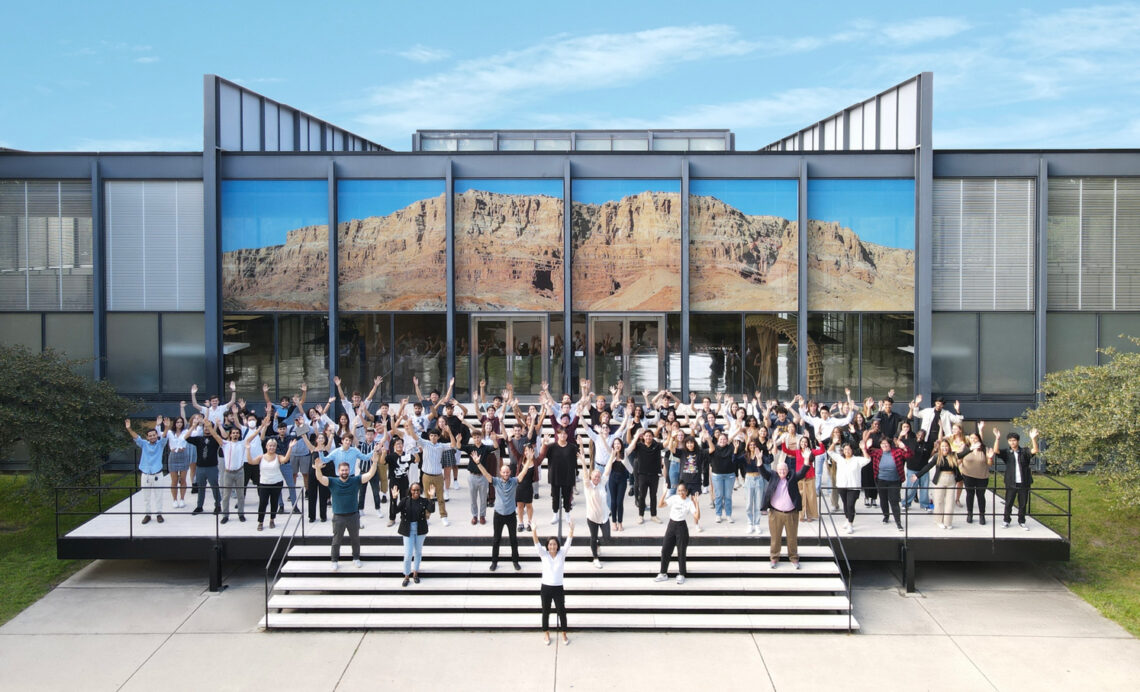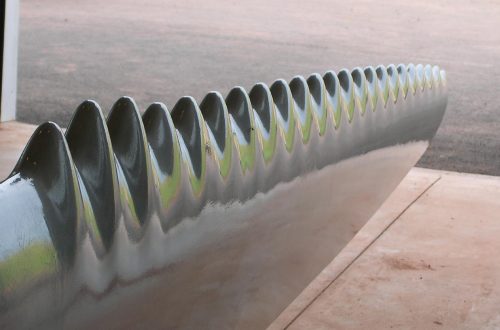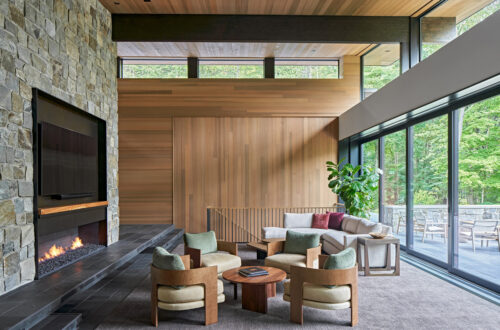For Jennifer Park, AIA, NCARB, founding principal of ParkFowler Plus in Chicago, Illinois, architecture is as much an abstract exploration of the philosophies and theories that have shaped its long history, as it is a practical delivery in which iteration, collaboration, and inclusive practices can inform the built landscape for the future. To Park, design is a way of thinking and there is a rigor, iteration, and inherent inquisitiveness within architecture that can create spaces that have the ability to propel the profession and global community forward, impacting experience, enjoyment, and memory at an individual level.
Both an educator and a practitioner, Park embraces the duality of the pursuit, often finding balance in instilling a framework for the next generation of creative thinkers to explore and expand their awareness of the profession. She also finds it in the sharing of the studio’s combined expertise with clients, delivering inspired architecture through a co-creative process that stewards resources, disrupts stagnant industries, and serves all communities.
“I used to think that architecture is building and building has permanence and that is your marker on the world, but I think that is just naïve in a way. I’ve grown to understand that architecture is about people. It is about shaping experience, it is about shaping their memories, and I think through what we do and how we shape our environments and our context, we can do that and have some lasting memories with folks about how they experience their spaces,” Park said.
“I’ve realized that architecture is more than just building; it is more than just the physical nature of things. We have the ability through architecture to have influence on our culture, because it is so intertwined with the political environment, the economic and the social dynamics of our cities, and that constantly inspires me, that constantly propels me, because every project is new and unique and has its challenges and therefore has its unique outcomes. If you fold in all of those factors, you are going to have some impact on the future and you will be able to shape people’s mindset and at least bring some happiness to people,” Park added.
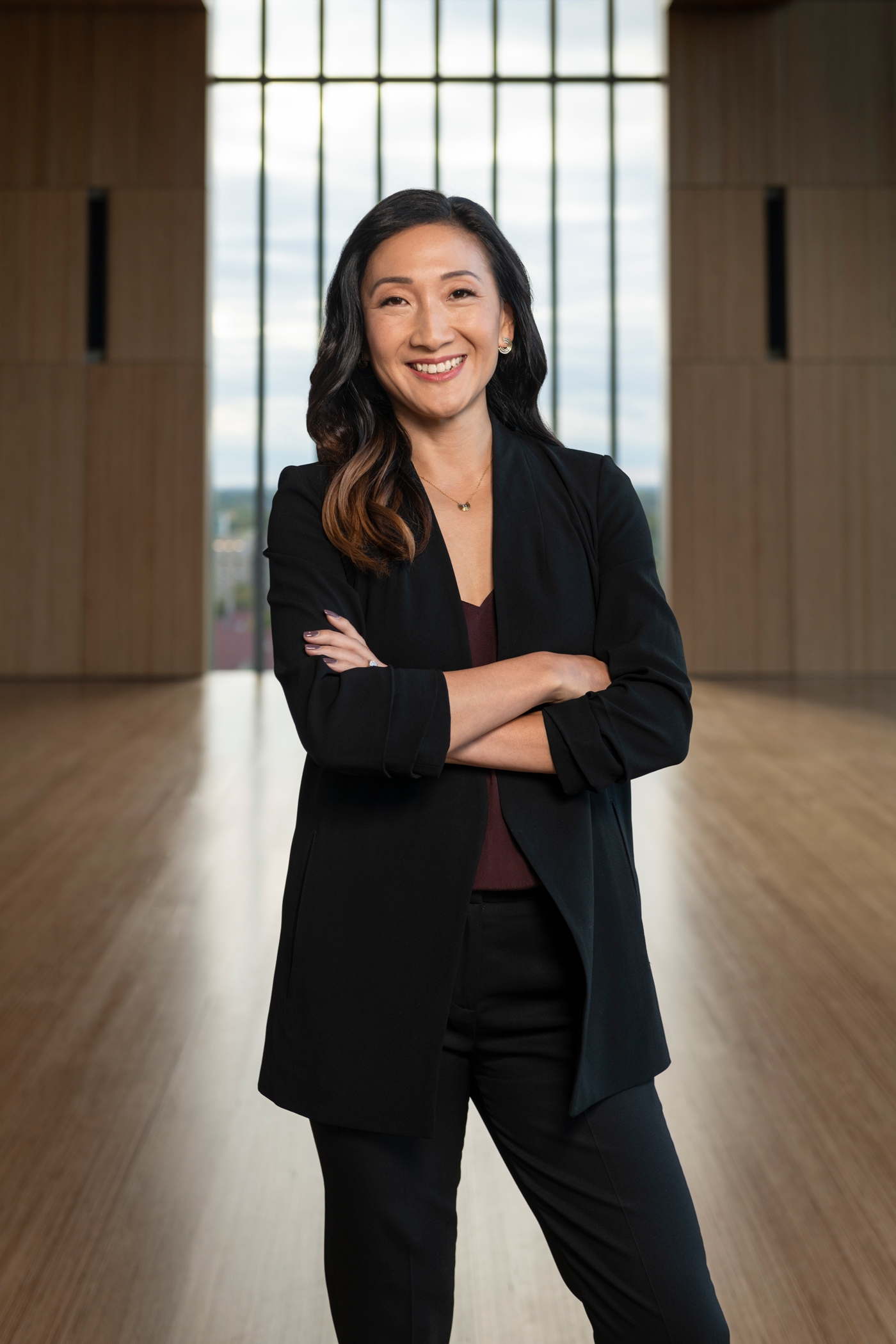
Currently, Park is the founding principal of ParkFowler Plus, a multidisciplinary design studio established in partnership with Brad Fowler, AIA, NCARB, founding principal, as an iterative evolution of the award-winning architectural practice, Brininstool + Lynch of Chicago. Prompted by the unexpected passing of the late Brad Lynch in 2022, ParkFowler Plus builds on the firm’s legacy of bringing rigor, vision, and an artful elegance to diverse projects, with a belief that good design should be accessible to everyone.
“We did a lot of thinking when we established and transitioned from Brininstool + Lynch to ParkFowler Plus. We had to recognize times change, cultures change, things shift, so as we rebranded, we did a real deep dive into what is going to be the foundation of ParkFowler Plus. We know we can design to a high-level of detail and craft, and that our history and our legacy from Brininstool + Lynch is really engrained and taught in us, but we needed to start acknowledging more than that. For us, one foundational element would be that we believe all our experience and all of our expertise needs to be shared with more people,” Park said.
“We always had a diversity of work in terms of typology, but this is more than that. This is diversity of who we work with and who we can offer our services to. In one sense, that certainly means underserved communities, but in another sense, it just means can we bring some of our thinking to shake up some static industries or ways of thinking in certain locations?” Park added.
Led by Park and Fowler, who both previously worked together as principals at Brininstool + Lynch, ParkFowler Plus is a woman-owned, minority business enterprise with a global portfolio of work in architecture, interiors, and urban design. For the studio, which seeks to work on projects as imaginative as its team, design is more than innovative technology, rigorous research, and composition, and recognizes it is built on a foundation of mutual trust with clients who are as committed to good architecture. Informed by a careful inquiry into each client’s unique requirements, the studio’s work seeks to add to the social and built fabric of communities, in which finely detailed and culturally rich projects represent the essence of the clients, cultures, and communities it services. Backed by a cohort of experienced practitioners—including David Brininstool, AIA, as principal emeritus—ParkFowler Plus is also committed to stewarding the legacy of designers who taught and inspired them forward, building on more than 14 million square feet of built work across the United States.
“Every architectural project is unique and working in different areas you have to understand that local context and see what rises to the occasion. It is interesting, architecture is like an equation. You have all these factors in here to different degrees, and I don’t mean to make it sound like it is linear and there is only one solution, there are multiple solutions to things, but it is many parts and pieces and you have to put different amounts of weight into that and how that affects the outcomes of your project,” Park said.
“I think the universal part of architecture is its response to humanity and I say that because architecture doesn’t really exist without people. We provide spaces of relief and protection for people. We provide environments for people to socialize or to enable learning. We are nurturing our social human nature and we are advancing our growth as humans, so I really think we are essentially aiding humanity. Culture can change, but that doesn’t change what architecture can do. It is always going to address the needs of humanity. It takes this idea that architecture is just building outside of or beyond that boundary and makes it complex,” Park added.
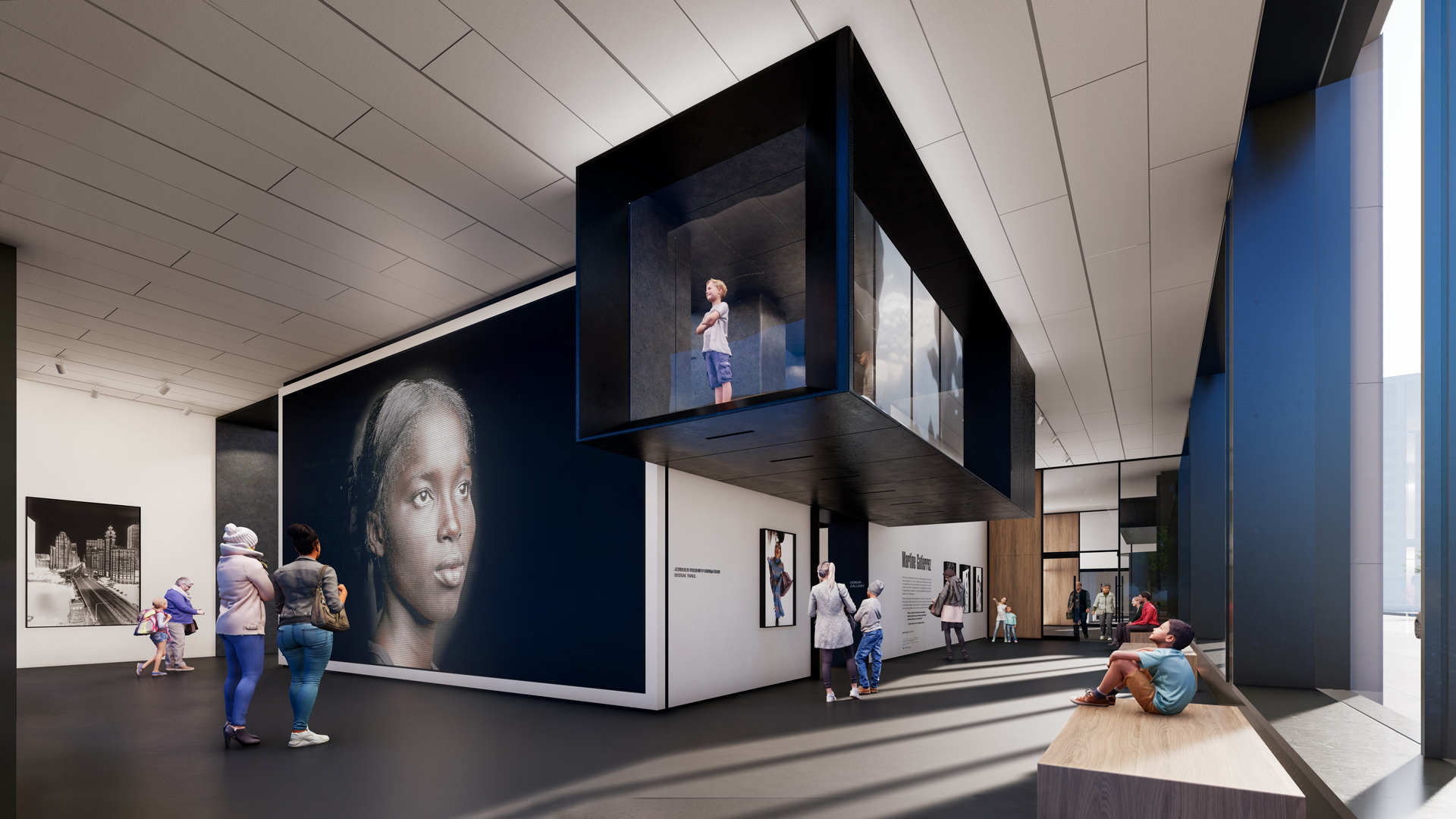
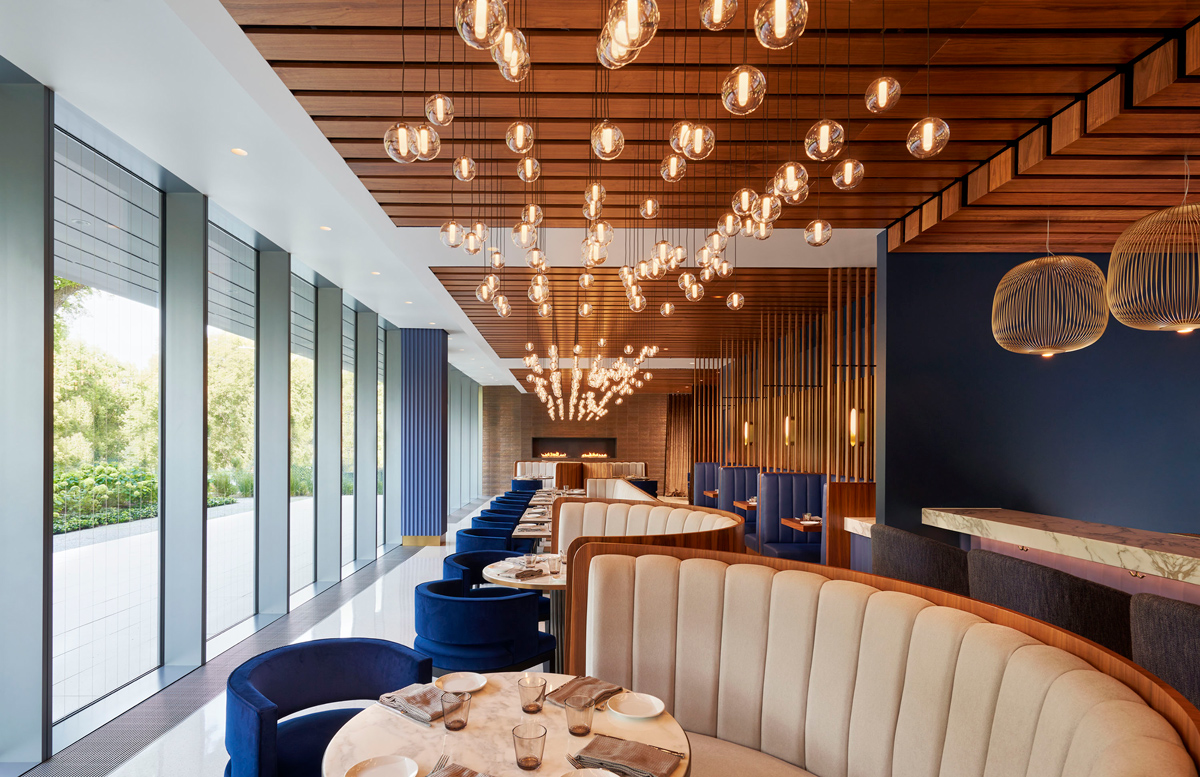
Park, who has also been an educator for more than a decade, serves as a Professor in Practice at the Illinois Institute of Technology in Chicago, where she spent the last five years coordinating Second Year Studio, and now teaches Advanced Studios. She has also taught at the School of the Art Institute of Chicago and Virginia Commonwealth University in Virginia throughout her professional career, bringing her passion for architecture, for creating meaningful change, and establishing equitable pathways for the next generation of architects and in the built landscape. It is this balance she finds creatively feeds off of each other in terms of how she considers architecture, and a reciprocal relationship in which she is able to bring practical applications from the professional world to academia.
“I think it is important for us as we build architecture for the future that we are also shaping the minds that are going to also do that for our futures. I enjoy speculating about future scenarios of architecture. I think the real potential for architecture studios and academia is in its ability to do that, to speculate, to project, to think, to push the envelope. There is certainly the technical aspect that takes our everyday experience and makes it real, but I think if we are just perpetuating what we do in practice at the current moment right now, we are setting ourselves back,” Park said.
“So, in some ways, academia helps our practice keep ourselves thinking about the next, new, cool thing, though academia can take it a lot further in its abstract mode. But there are also experiences in my professional role that I get to take into academia. The professional world, in ways, works faster even though architecture is slow technically to build, but as a culture of working as professionals and the way in which we make decisions and the way in which we shape the culture of our offices, I’ve found is very different than academia,” Park added.
In addition to her role as Professor in Practice, Park also serves as Co-Chair of the Diversity and Inclusion Committee at IIT College of Architecture, which she noted was a result from bringing existing ideas from the professional sector and applying them as modes and mechanisms to the academic world. Park is also a founding member of AIA Chicago’s Equity, Diversity, and Inclusion Committee, and has been recognized for her work in the profession with a 2021 AIA National Young Architects Award, a 2019 Dublin Family Young Architect Award by AIA Chicago Foundation, and a 2015 Burnham Prize by Chicago Architectural Club. Throughout her career, she has practiced in major cities like New York, Los Angeles, Mexico City, and Chicago, and been involved in projects like Columbia College Chicago’s Museum of Contemporary Photography, the David Rubenstein Forum, BARDAVID at the University of Chicago, and part of the Obama Presidential Center Exhibit Design Team.
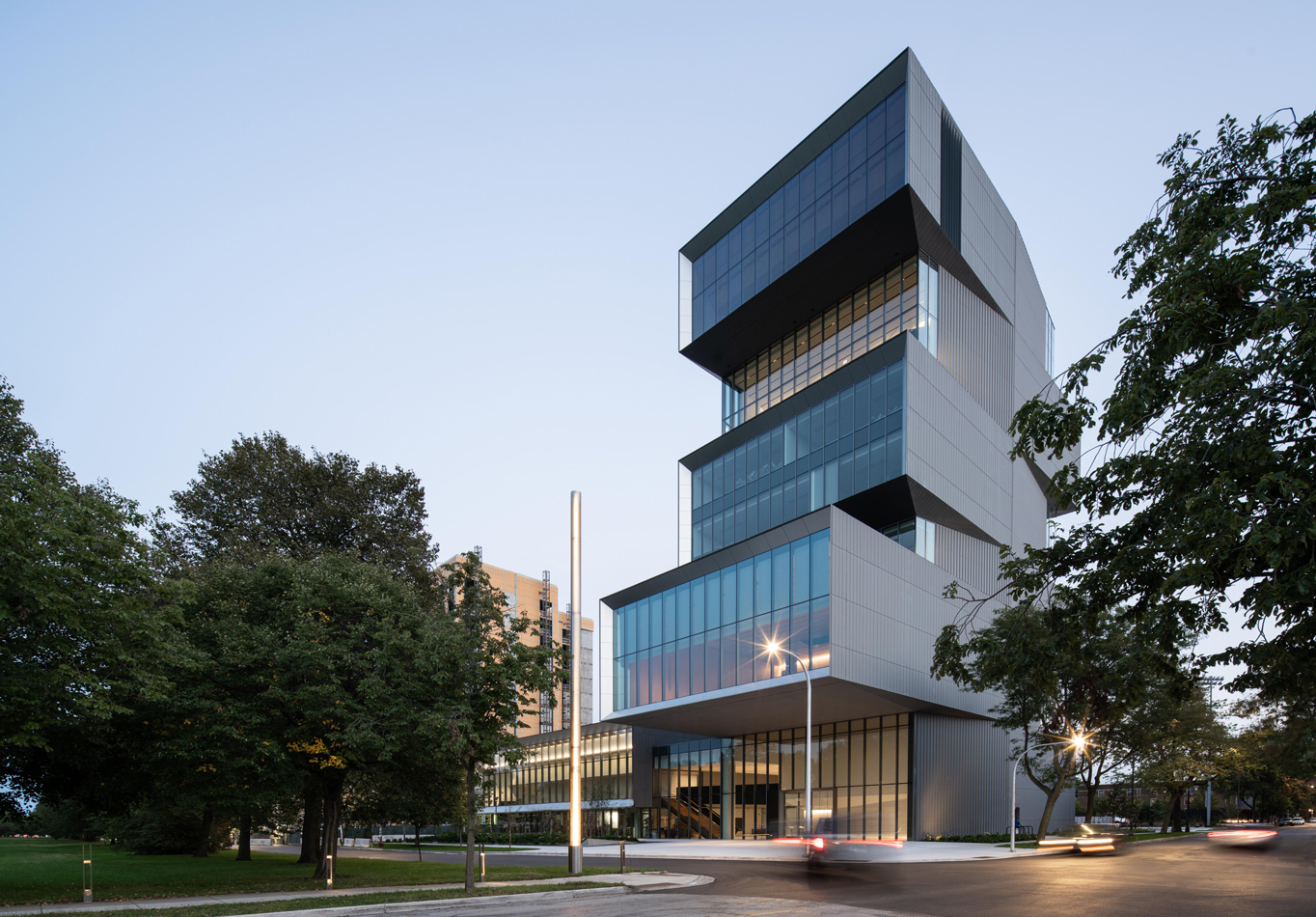

Behind it all, or beyond it, is an expansiveness of thought, a sharp curiosity and keen understanding of history, and an empathy and passion to create spaces that immerse people in a built landscape that address the most basic of needs of an individual as well as those larger forces that shape society. There is a thirst for the inspirational, the disruptive, and the experiential, where buildings that truly represent its communities and respond to the human condition in an economic, environmental, and inclusive manner can shift the paradigm in what architecture can do for the future. And for Park, the very real challenges and issues of the world today are the very same opportunities presented to the profession, as architects, to think differently about things and not perpetuate the same models or modes of design moving forward.
“We do have some real challenges if you think of the issues of our world, and architecture is always going to play along hand-in-hand. We have issues with equity, we have issues with housing—and those two are tied together, providing an equitable living situation for everybody is essential. Architecture provides relief, protection, security, and that is the basis of housing. We have to face issues of our environment and when we are thinking about being forward-thinking, we have to think about if we continue on in the manner that we are doing, in how we live and how we build and how we construct, we have to understand the effects that is going to have,” Park said.
“The conversations around how this is affecting our climate and affecting our environments and how we are reacting to that—those ideas built into resiliency or the topics of resiliency; those things are real and those are challenging—and I think every challenge is also an opportunity. When you start to get at the roots of how to make progress happen, you realize doing it in your own little bubble is very hard. If we are going to take on the challenges and find opportunities, we need to work collaboratively on them together, we need more minds at the table,” Park added.
Park, whose framework in which she views architecture is largely informed by her own undergraduate experience in the liberal arts pursuing architecture and art history, architecture itself offers a distinctive opportunity to think as much about the theories of life as it is “about making cool shit.”
“The duality of art history and architecture, to me, is this balance of architecture being more than just building and I think the real understanding behind how to propel the future of our built environments through architecture, you really have to have an understanding of the past,” Park said. “I’m fascinated to see and to learn about histories, because they really can help inform what we speculate on for the future. I’m a believer that history does repeat itself in many ways, as abstract as it is, and I think it is important to understand context in that realm.”
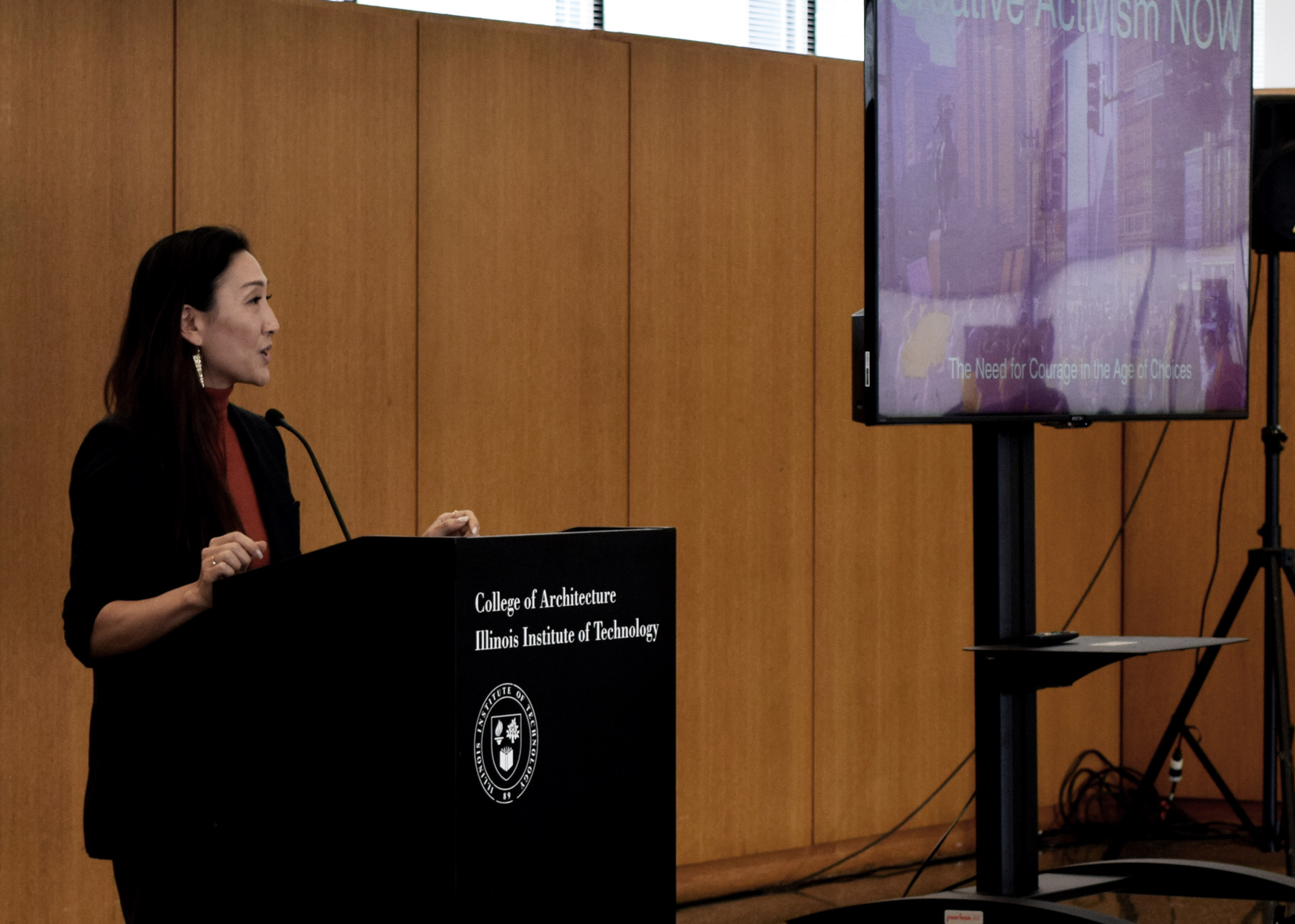
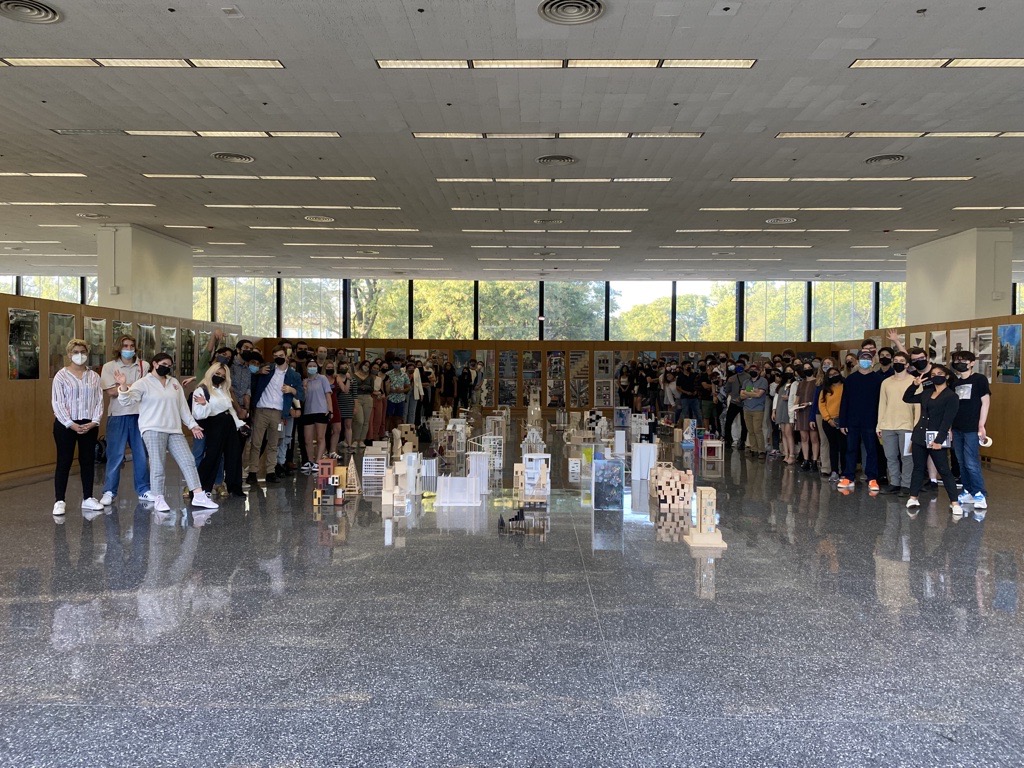
Long before serving as principal at Brininstool + Lynch, founding her own Chicago-based Jurassic Studio in 2015, and earning her degrees—Bachelor of Architecture and Art History from Columbia University in New York and Master of Architecture from University of California at Los Angeles, or UCLA—Park discovered a love of architecture in the translation and the textural aspect of shaping space. Park noted she had always loved art and was encouraged in high school to explore architecture at a summer program held at the Milwaukee School of Engineering, or MSOE, in Wisconsin.
“I really fell in love with it. I always loved the textural aspect of art and painting, too, but this took things in a whole different, literal dimension. Shaping space that would surround people; that would then be able to inspire someone to be immersed in something that was created. It was just all the ideas and ways in which you could see people being immersed in this space that you created, I was hooked,” Park said.
Park said she continued to explore architecture throughout college and credits her first internship in Waukesha, Wisconsin to the moment she realized architecture represented so much more than a building, but rather as a field in which the economic, social, political, and environmental could coalesce in tangible form. Rather than present a fixed set of conditions, it was a profession that would constantly challenge her and provide a creative landscape in which she could push the boundaries of what is possible.
“They had taken over this rotunda that used to be a bank so the space itself was pretty awesome. They stored all the drawings in the bank vault, so it was all blueprints and plots of things and smelled of ammonia, and what I learned about the profession was how it was interconnected, intertwined with culture. All of a sudden, architecture was so much more than a building,” Park said.
“I would like to think the future is also about us opening doors. We are now a woman and minority-owned firm and there are still too few firms out there that are leading the profession. I hope we, our practice, gains enough significance and impact that we are helping to open more doors in that space and being able to be a representative of leading that kind of movement and alleviating hardships for others in the future,” Park added.
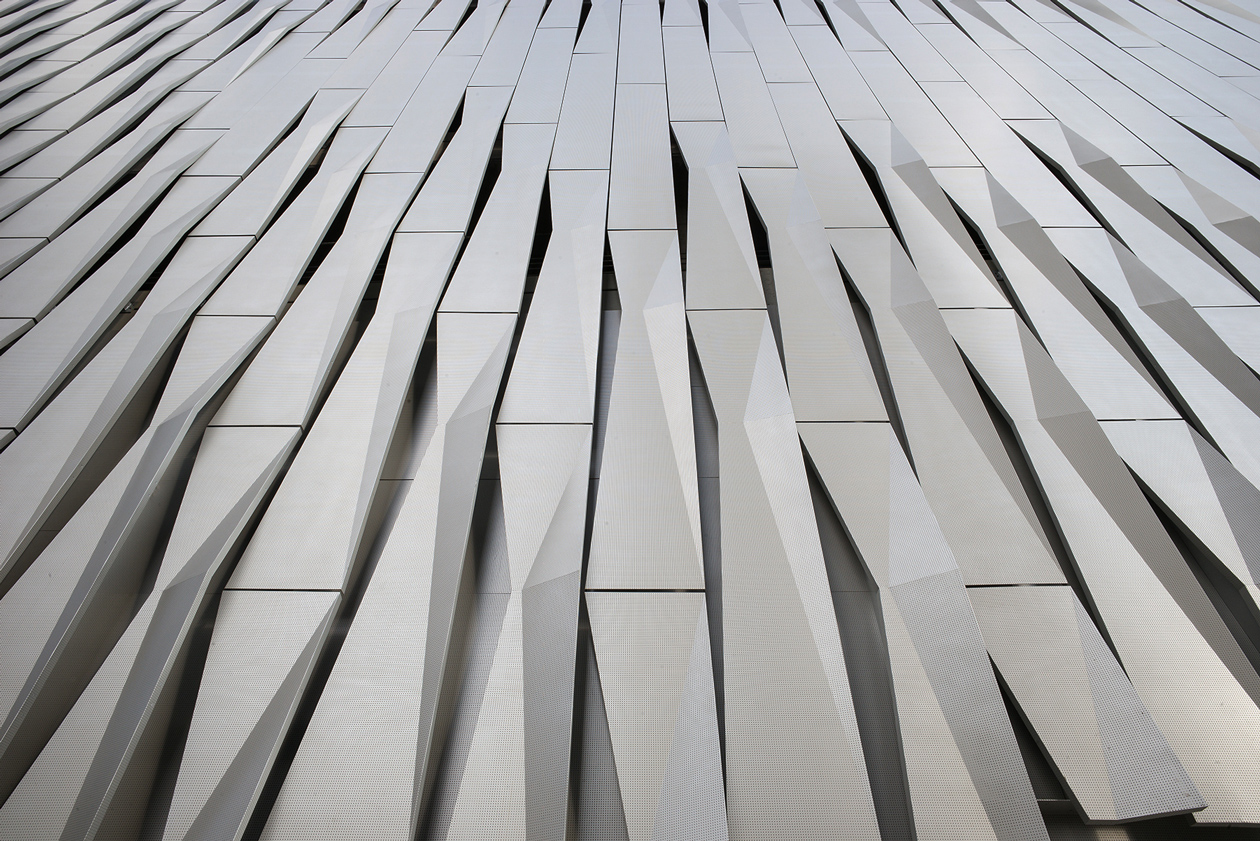
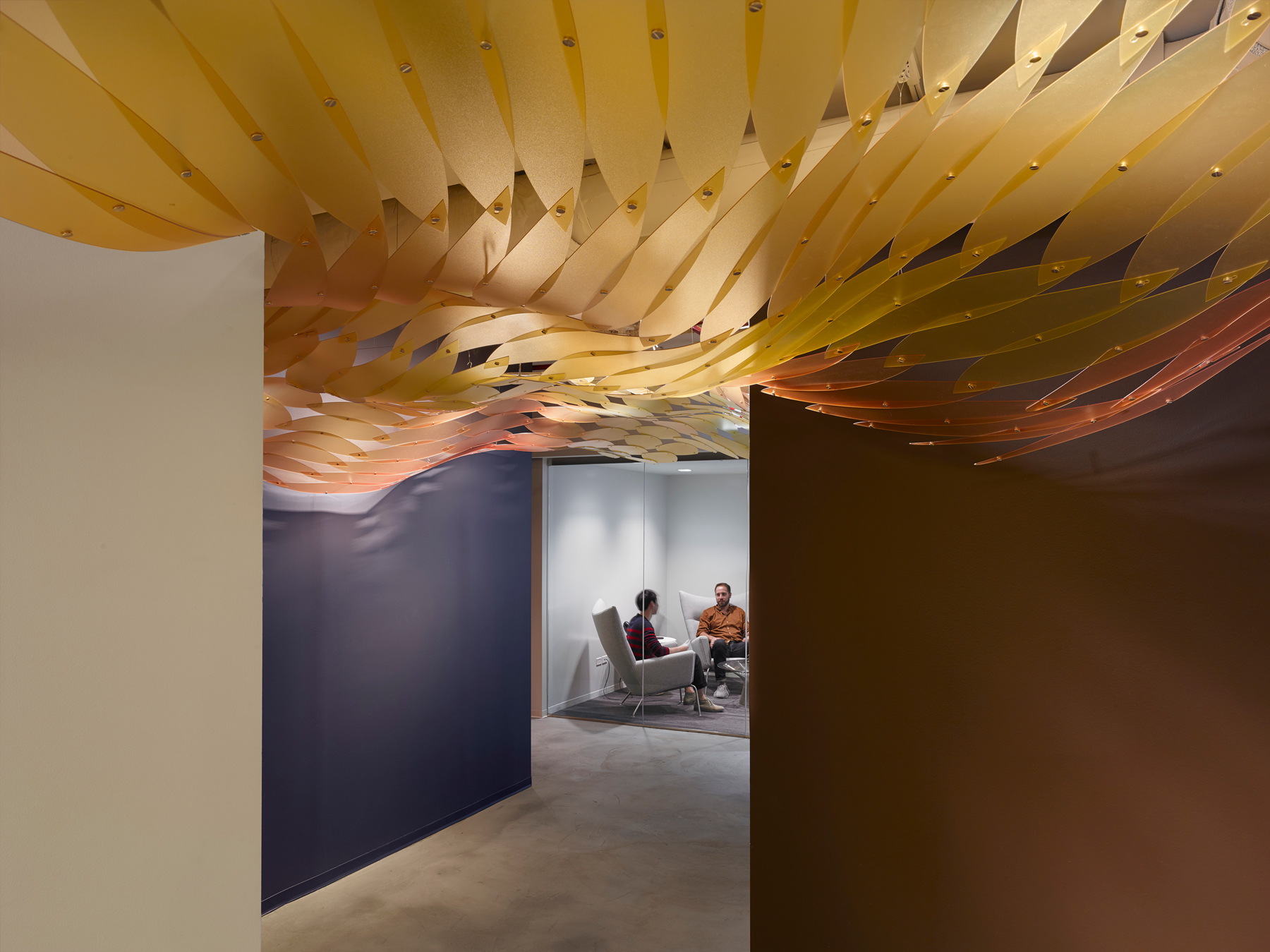
First published in Great Lakes By Design: Architectonics, Volume 7, Issue 6
Text: R.J. Weick
Photography: Christopher Barrett, James John Jetel, ParkFowlerPlus, Matthew Cowan, Angie McMonigal, Mariah Karson, Michael Glynn, Jennifer Park, Naila Opianga

